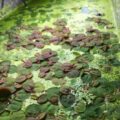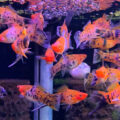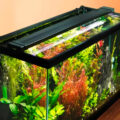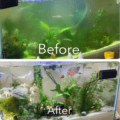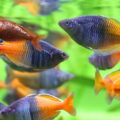Master your aquarium care calendar! And learn practical season-by-season maintenance tips for healthy fish tanks all year round.
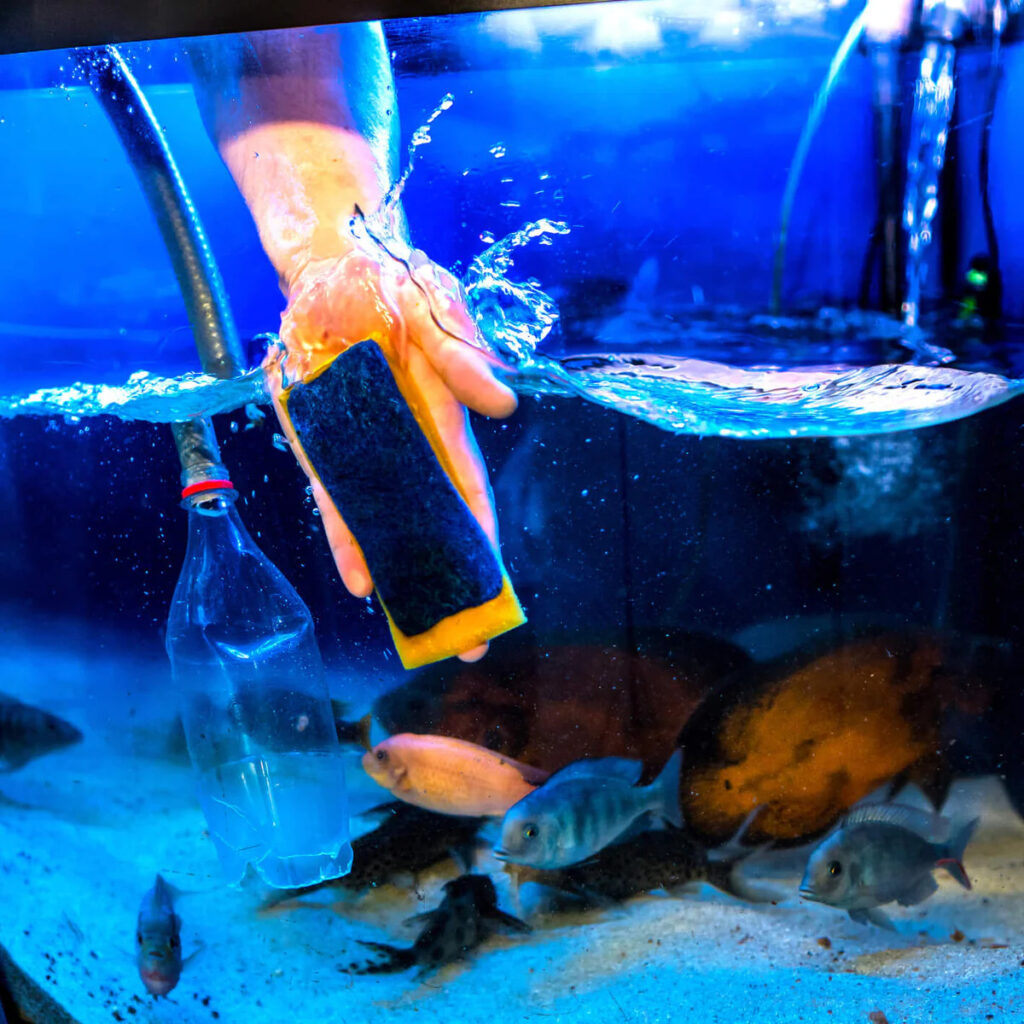
Why Seasonal Care Matters
Many people think that an aquarium care calendar is just about feeding fish and changing water, but it’s much more than that. It’s about syncing your care routine with nature’s rhythms. Just as outdoor ecosystems do, indoor environments also experience shifts in light exposure, temperature, and humidity throughout the year.
These changes that occur during the fish tank’s annual cycle affect everything from algae growth to fish behavior. That’s why making a solid fish tank maintenance schedule is essential. Seasonal planning keeps your aquarium stable, your fish stress-free, and algae outbreaks manageable.
By following this seasonal fish tank care guide, you can prevent problems instead of always reacting to them. Think of it as tuning your tank to the calendar, so you’re always one step ahead.
Quick Sidenote: Do you want to watch this article instead of reading it? Checkout the highlight video below from our YouTube Channel (Or read the more detailed article below), be sure to Subscribe For More Great Fishkeeping Content:
Spring Aquarium Care: Fresh Start & Growth
Spring is nature’s reset button, and your aquarium feels it too. As daylight hours increase and temperatures warm up, your tank enters a natural growth phase. This is the perfect time for spring aquarium cleaning to refresh and set the tone in your tank for the months ahead.
For your aquarium deep clean, start with a deep substrate vacuum to remove debris that settled over winter. Plants that went dormant or slowed down are now ready to bounce back, so trim dead leaves and replant any sections that look scanty during your spring tank refresh.
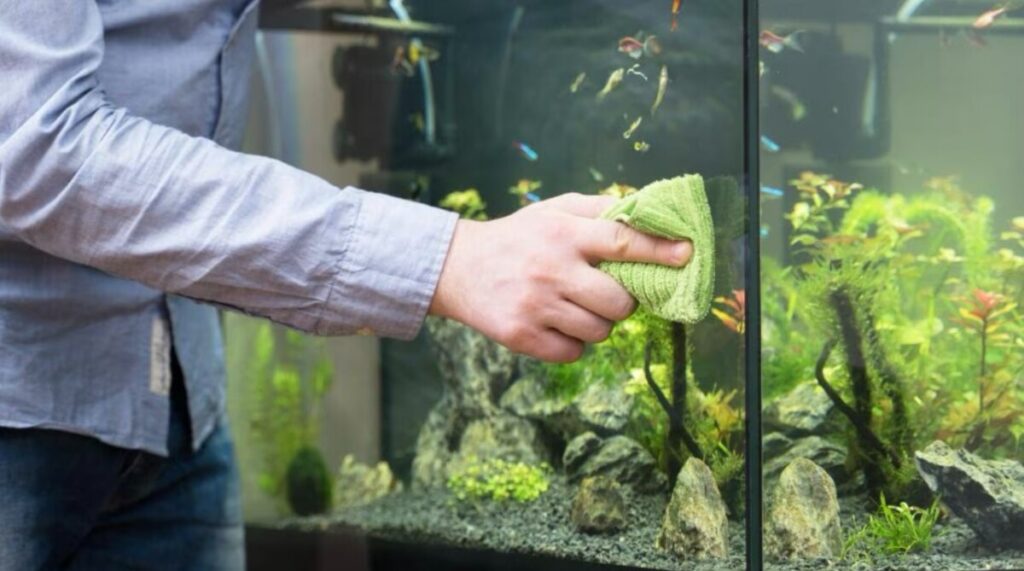
Remember to wipe down glass, scrub decorations, and check all equipment for damage. Pay attention to your filter media. Spring is a perfect time to replace mechanical filtration layers and rinse biological media gently in old tank water.
Water quality becomes really important now. After months of being sealed up indoors during winter, your tank may have accumulated nitrates and phosphates. You may need to do a water change, more than your usual. Like around 30 – 40% will help flush out these buildup issues and give your fish a fresh environment to thrive in.
Don’t overlook spring fish health checks. Watch for signs of lethargy, fin damage, or unusual behavior. Spring’s temperature fluctuations can stress fish if your heater isn’t calibrated correctly.
If you’re planning to add new fish or plants, spring’s conditions make it the safest season for introductions. Just remember to quarantine new arrivals for at least two weeks to avoid bringing disease into your established tank.
If you treat spring as a fresh start, you’ll be creating a clean, balanced foundation that supports healthy growth all season long.
Spring Checklist: Key Tasks
Here’s your actionable aquarium spring checklist to keep things on track.
- First, test your water parameters thoroughly, check pH, ammonia, nitrite, nitrate, and hardness levels. If anything’s off, address it now before warmer weather amplifies the issue.
- Be consistent with your spring water changes routine. Aim for weekly changes of 20-25% throughout the season to reduce waste buildup.
- Next, replace your filter media according to the manufacturer’s schedule. Don’t wait until the flow slows down or the water clouds.
- Trim back overgrown plants and remove any rotting vegetation that could spike ammonia.
- If you’ve been running the same lighting schedule all winter, adjust it now to match longer daylight hours. Most tanks do well with 8-10 hours of light in spring.
- Perform your spring aquascaping refresh by rearranging decorations or adding new hardscape elements. It’s visually refreshing and gives fish new territories to explore.
- Make a note of everything you’ve done; keeping a log helps you track patterns and stay organized year after year.
These seasonal maintenance tips prevent small problems from becoming big headaches.
Author’s Note: Check out our post on The 10 Spring Aquarium Cleaning Tips for a Fresh Start which provides an in-depth look at Spring aquarium maintenance!
Summer Aquarium Care: Heat Management
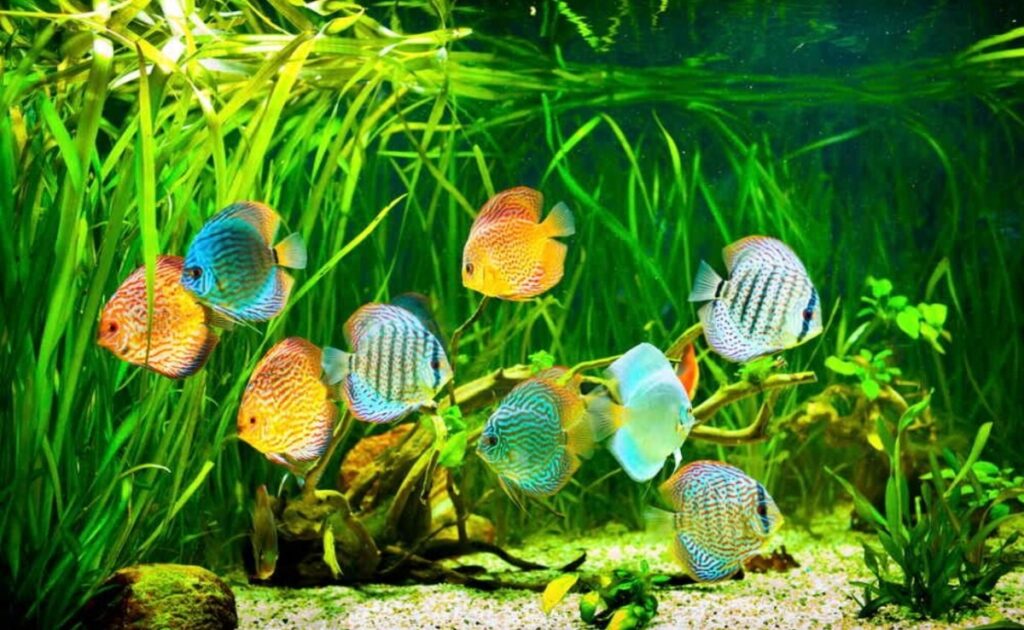
Summer brings longer days and higher temperatures, which sounds great until your tank starts creeping into the danger zone. When the water temperature rises above 80°F for most tropical species, stress levels spike, immune systems weaken, and algae blooms explode. Summer aquarium care helps manage heat and prevent oxygen depletion.
Oxygen levels drop as temperature rises. That’s why fish tank cooling is really important. You can boost aeration with air stones, surface agitation, a passive fan cooler, or wavemakers. Watch your fish closely. If they’re gasping at the surface or hanging near the filter output, oxygen is low, and you need to act fast.
Summer is also when evaporation accelerates, so top off your tank regularly with dechlorinated water to maintain stable parameters.
Aquarium heat control also means thinking about placement. Sun exposure heats water and fuels algae growth like crazy. So if your tank sits near a window or in direct sunlight, now’s the time to relocate it or add blackout curtains. It’ll help with summer algae prevention.
With these seasonal fish care tips for summer, your fish will thrive even when it’s hot.
Summer Checklist: Key Tasks
There are some important things that you must do in your summer aquarium routine. You may not remember it all, so here’s an aquarium summer checklist that’ll help you focus on the essentials:
- Check the water temperature in the morning and evening. Consistency is key.
- Feed smaller portions and remove uneaten food quickly.
- Boost aeration and increase fish tank oxygen summer levels by adjusting your filter return, adding airstones/airbricks and air pumps , or running a powerhead.
- Point a small fan across the water surface to cool it naturally if temperatures are spiking.
- If algae becomes aggressive, slightly reduce light exposure. Cutting back to 6-7 hours can help without stressing plants.
If algae growth gets out of control, prepare an aquarium blackout prep. It’s the last resort, but very effective. Cover the tank completely for 3-5 days to starve algae of light.
Stock up on frozen water bottles and keep them ready in the freezer for emergency cooling during heat waves. Make sure you have a battery-powered backup power supply because summer storms can knock out electricity.
With these tips and a checklist, you can stay ahead of the heat, and your tank will cruise through summer without drama.
Author’s Note: Check out our post on The 12 Summer Aquarium Care Tips to Beat the Heat which provides an in-depth look at Summer aquarium maintenance!
Autumn Aquarium Care: Stabilize & Prep for Cold
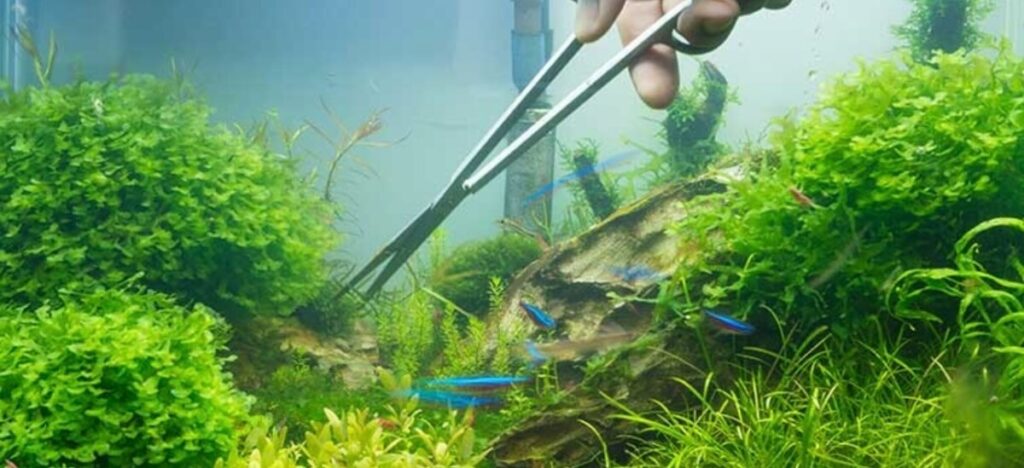
Fall is the best time to fix problems and prepare for winter’s challenges. As outdoor temperatures drop and indoor heating kicks in, your tank faces new stresses. That’s why you’ve got to take autumn aquarium maintenance seriously.
Start by trimming plants back aggressively. They’ll slow down soon, so remove excess growth now to prevent decay and ammonia spikes later. This is part of autumn aquascape care.
Use your seasonal tank checklist and do a thorough review of your equipment. Test your heater by unplugging it, letting the tank cool slightly, then plugging it back in to see if it kicks on at the right temperature. A heater check fall could save your fish from a winter disaster.
Heater suction cups tend to lose grip and cause heaters to float or fall. So clean or replace them. Inspect filter hoses for cracks, clean impellers, and replace any worn parts.
Author’s Note: Checkout our post on the 6 Best Small Aquarium Heaters (Under 6.5″) for Nano Tanks for an in-depth guide to proper aquarium heating!
Fall is also when you’ll want to observe fish behavior closely. Community dynamics can shift as temperatures cool, and territorial fish may become more aggressive as they sense seasonal changes. Address overcrowding now, before cooler water makes fish more prone to stress and disease.
Practice fall aquarium care to help prevent winter headaches and ensure your tank stays stable before the cold weather hits.
Autumn Checklist: Key Tasks
Your fall aquarium checklist is all about preparing for autumn and preventing disasters that may happen during winter.
- Start with heater calibration. Use a separate thermometer to verify accuracy and replace the heater if it’s more than three years old.
- Test your water parameters and make any necessary adjustments now while conditions are stable.
- Clean your filter thoroughly. Rinse mechanical media, replace chemical filtration, and check that the biological media is still intact and effective.
- Vacuum the substrate deeply and focus on high-waste areas like behind decorations and under plants.
- Prune plants back by 30-40% to prevent die-off and decay as growth slows.
- Stock up on important supplies before winter weather makes shopping inconvenient.
- Check your light schedule and reduce it slightly to mirror shorter daylight hours. To help plants and fish transition naturally. This is in aquarium fall prep.
- Inspect all cords, plugs, and outlets for damage.
- Complete your seasonal aquarium cleaning by wiping down the tank exterior, hood, and stand.
These fish tank maintenance steps prevent winter failures.
Author’s Note: Check out our post on The 9 Autumn Aquarium Maintenance Tasks to Keep Fish Healthy which provides an in-depth look at Autumn aquarium Care!
Winter Aquarium Care: Cold & Dry Challenges
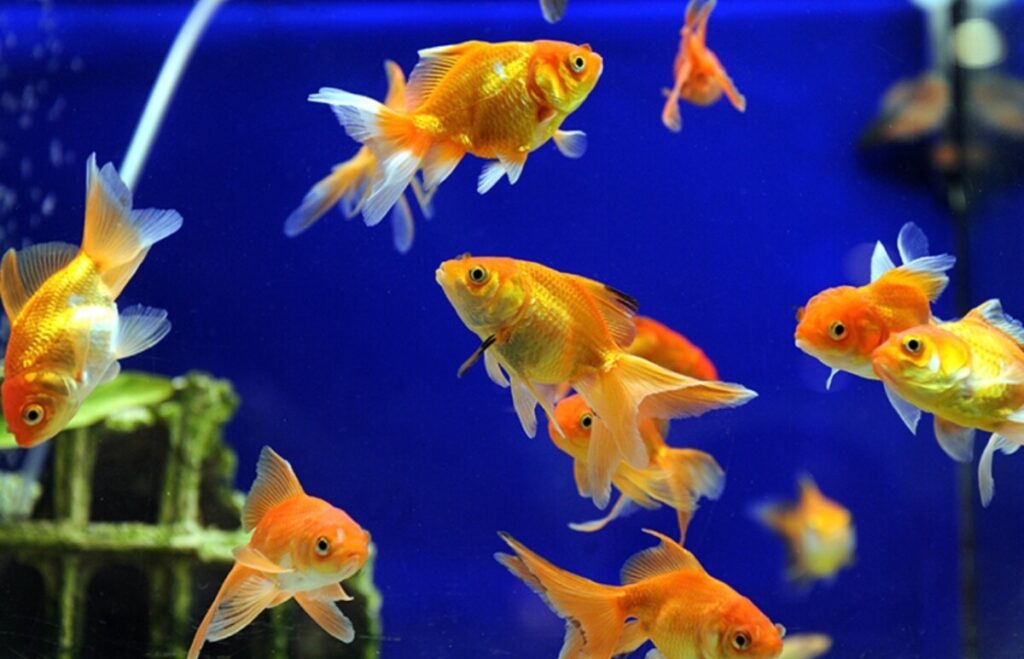
During winter, indoor heating dries out the air, temperature fluctuations stress fish, and power outages can quickly become deadly. Your main priority is to maintain aquarium heating in the winter season.
Dry indoor air causes oxygen levels to drop. Add a room humidifier near the tank to combat dryness. It’ll benefit both your fish and your own comfort. Poor air circulation reduces gas exchange at the water surface, so boost aeration with air stones or increase filter flow.
Heaters work overtime in winter, so monitor them daily. A failing heater can crash your tank temperature in hours, trigger disease outbreaks, or even kill sensitive species. That’s why fish tank heater reliability tests are non-negotiable. Be sure to keep a backup heater on hand.
Power outages are a real winter threat. Have an emergency kit ready. Think about battery-powered air pumps, insulating blankets, chemical hand warmers, and backup heaters. If the power goes out, wrap your tank in blankets to retain heat and run a battery-powered aeration system to maintain oxygen levels.
Avoid opening the lid frequently. Every time you do, you lose precious warmth. Keep feeding minimal during outages because fish metabolism slows in cooler water, and uneaten food will mess up the tank when you can’t run filtration.
Preventing draft exposure issues is part of winter aquarium care. Relocate tanks away from windows and exterior walls if possible. Check for drafts with a candle or incense, and seal gaps with weatherstripping.
Fish tank cold-weather care also means staying vigilant for signs of stress, such as clamped fins, lethargy, or loss of appetite.
Fish tank cold-weather care also means staying vigilant for signs of stress, such as clamped fins, lethargy, or loss of appetite.
By preparing for winter’s challenges, you’ll keep your fish safe and healthy until spring returns.
Winter Checklist: Key Tasks
Your winter aquarium checklist should emphasize safety and stability. Here’s a list of tasks you need to carry out to maintain winter tank health all season:
- Monitor your heater daily. Check that the indicator light is functioning and verify the temperature with a separate thermometer.
- Have a backup heater plan in case the primary unit fails.
- Slightly reduce feeding frequency. Fish need less food in winter, and overfeeding can lead to water quality issues when biological filtration slows.
- Maintain your regular water change schedule, even when it’s inconvenient.
- Let replacement water sit indoors for several hours to match the tank temperature before adding it. This cold-weather fish tank care step prevents temperature shock.
- Boost aeration with airstones/airbricks and air pumps or surface agitation to combat oxygen loss from dry air.
- Test your aquarium outage prep gear monthly so you’re ready when disaster strikes.
- Check for drafts around the tank and insulate exposed sides with foam panels if needed.
Winter demands vigilance and attention, but with the proper preparation, your tank will thrive.
Author’s Note: Check out our post on The 7 Winter Aquarium Care Mistakes to Avoid which provides an in-depth look at Winter aquarium maintenance!
Year-Round Monthly Tasks
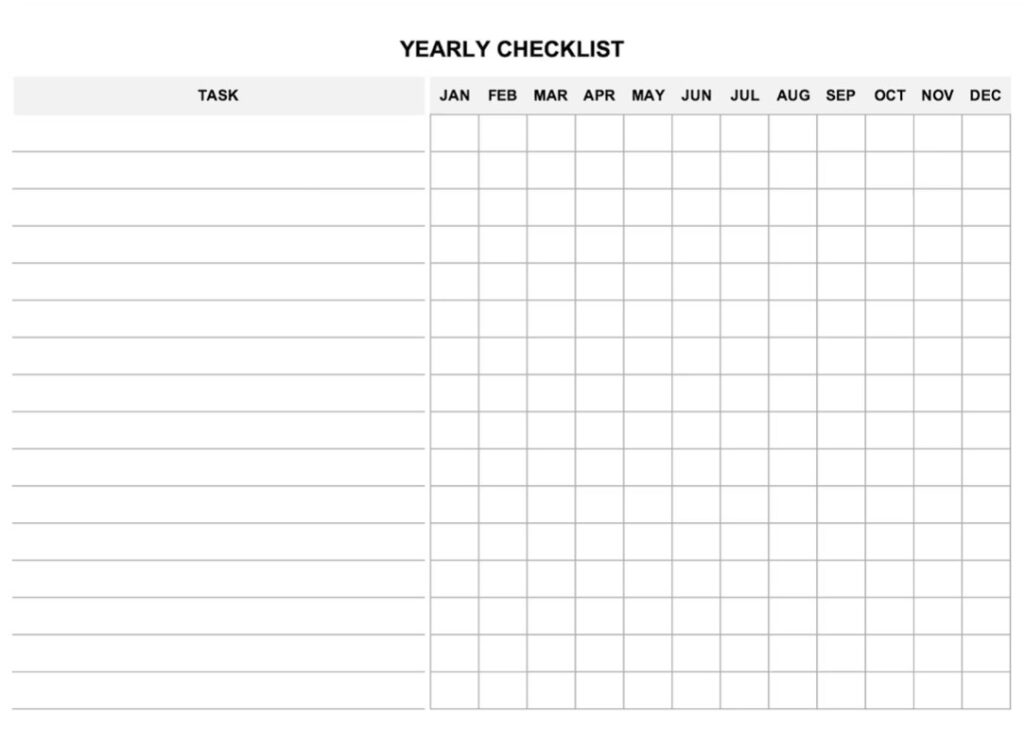
Some maintenance tasks don’t change with the seasons. They’re part of your monthly aquarium maintenance routine, no matter what the calendar says. These aquarium routine tasks keep your tank stable and prevent seasonal issues from spiraling out of control.
First and foremost: test your water weekly. Check ammonia, nitrite, nitrate, pH, and temperature every single week, and log the results. Patterns emerge over time, helping you catch problems early.
Your fish tank cleaning schedule should include weekly partial water changes of 20-25%, adjusted for your tank size and stocking level. Vacuum substrate during changes to remove waste and prevent toxic buildup. Wipe down the inside glass weekly to remove algae before it takes over.
Trim plants monthly, removing dead leaves and thinning overgrown sections. This prevents decay and keeps nutrient levels balanced.
Rinse the mechanical filter media every two weeks and replace it monthly or as needed. Check the biological media for clogs. Avoid over-cleaning, because you need those beneficial bacteria.
Inspect all equipment, like heaters, filters, lights, and air pumps, monthly. Look for wear, unusual sounds, or reduced performance. Replace aging equipment before it fails.
Monitor fish health constantly. Watch for changes in behavior, appetite, coloration, or swimming patterns. These ongoing fish health checks help you catch disease early when treatment is easiest.
Finally, keep a maintenance journal. Note what you did, when you did it, and any observations about water quality or fish behavior.
Consistency prevents problems, and monthly tasks are the backbone of successful aquarium keeping. This is very important for year-round fish care.
Tools & Supplies for Seasonal Success

Having the right gear makes seasonal maintenance way easier. A quality fish tank tool kit should include a gravel vacuum for substrate and water maintenance, an algae scraper with net multipurpose tool, and a scissors/tweezer kit for plant care. Don’t cheap out on these basics. Good tools last for years and make every task faster.
Seasonal aquarium gear should include a backup heater, spare filter media, and extra air stones. You should include a reliable thermometer, preferably two, so you can cross-check accuracy. Keep water conditioner, master test kit, and medications stocked at all times. You don’t want to scramble for supplies during an emergency.
Invest in aquarium maintenance equipment like a battery-powered air pump for outages and a small fan for summer cooling. You should also consider a digital timer for your lights so that you’ll have consistent photoperiods year-round. This’ll stabilize plant growth and reduce algae.
Another essential you should get is a siphon or electric water changer for easy water changes. You can add a magnifying glass for spotting parasites or disease.
Keep cleaning supplies separate from your household cleaners and use only aquarium-safe products. Dedicate a storage bin to tank maintenance to keep everything organized and accessible.
By building a complete toolkit and keeping an aquarium supplies checklist, you’ll handle seasonal challenges smoothly and keep your tank thriving no matter what nature throws at you.
Conclusion: Staying Ahead of the Seasons
Year-round aquarium care involves planning for the entire year. Seasonal fish keeping becomes easier when you know exactly what to do in each season.
Long-term aquarium planning will transform tank care from a chore into a rewarding, predictable rhythm that keeps your fish happy year after year.
The aquarium health tips in this guide will prevent algae crashes, disease outbreaks, and fish stress before they start. With this guide, you get a solid aquarium maintenance calendar that helps your tank thrive all year round.





